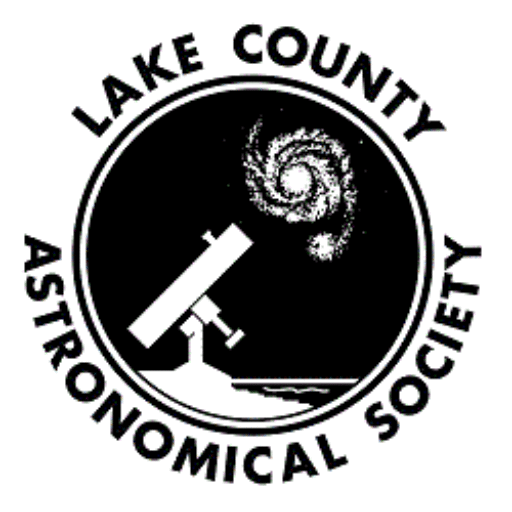The Europa Clipper Mission
Volo Bog 28478 W.Brandenburg Road, Ingleside, IL, United StatesThe Europa Clipper is NASA’s largest-ever planetary spacecraft & it is on its way to the Jupiter system. Arriving in April 2030, the goal of this mission is to study Europa, one of the Galilean moons & one of our solar system’s most interesting ocean worlds. The main goal will be to characterize whether this […]
